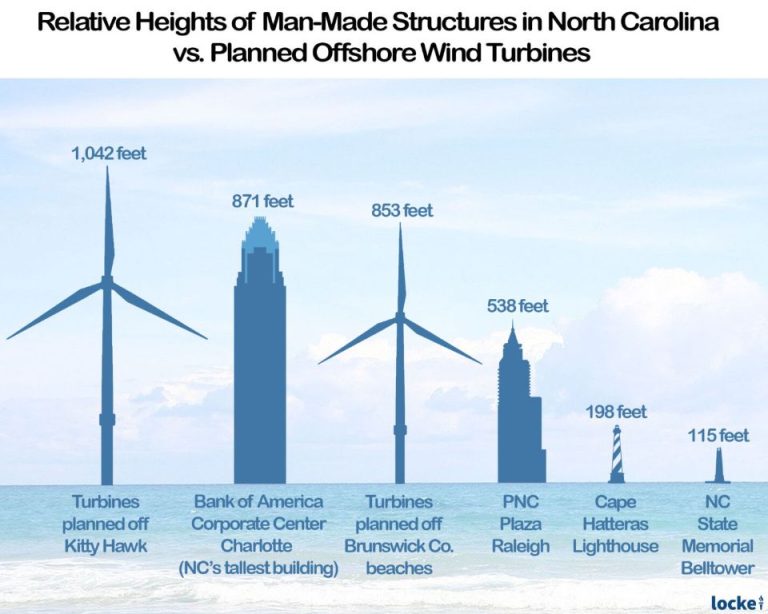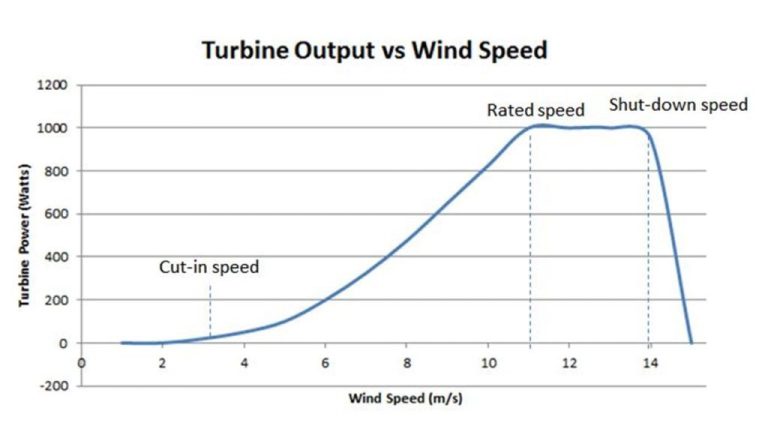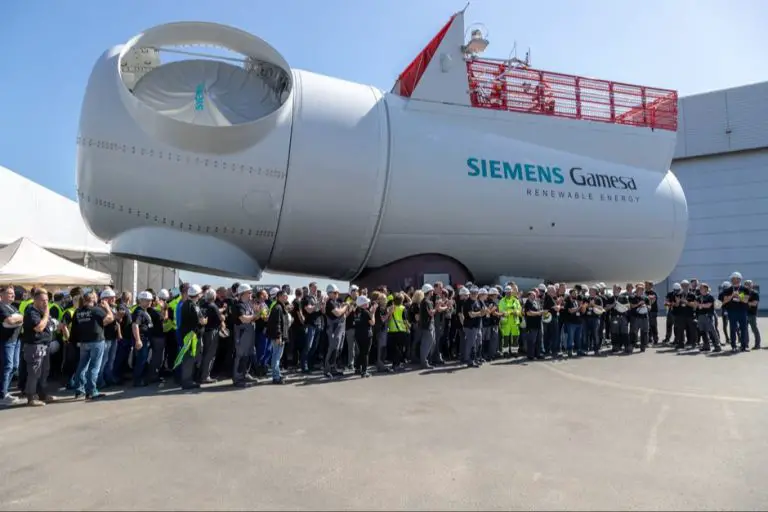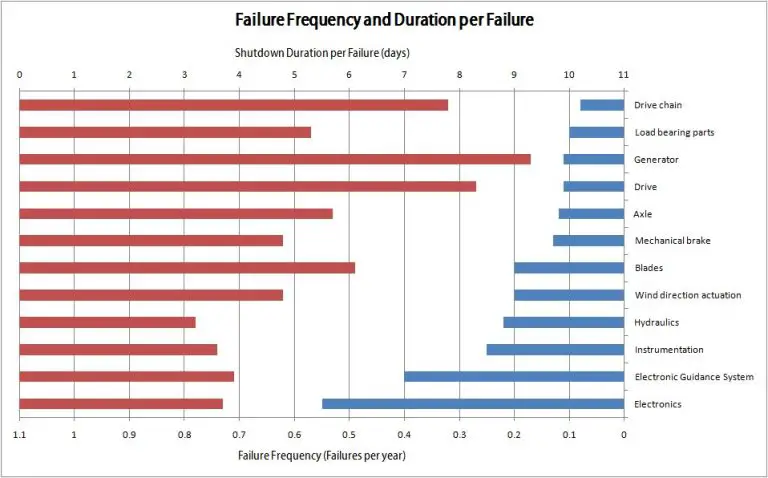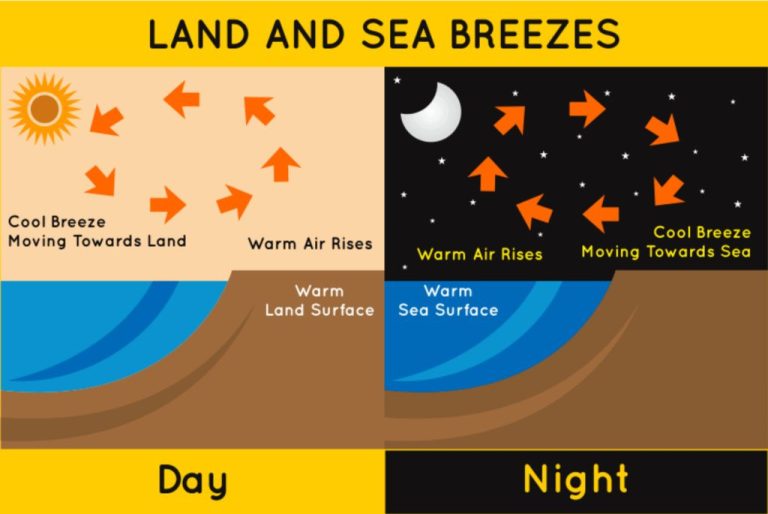What Makes Wind Windy?
Wind is defined as the movement of air from areas of high pressure to areas of low pressure. It is caused by differences in atmospheric pressure due to the unequal heating of Earth’s surface by the Sun. The strength of the wind is known as its speed, while its direction is known as where the wind is coming from. Wind speeds can range from calm to hurricane force.
We describe wind as “windy” based on how strongly we perceive and feel the wind. The windier it feels, the more awareness we have of the wind flowing against our skin and through our hair. Windiness is subjective – light winds may feel strong to some but mild to others. Factors like wind speed, gustiness, and context determine windiness. A wind speed that seems pleasant on a beach may feel unpleasantly windy in a city. Windiness also depends on weather conditions, structures that shelter or funnel winds, and our own clothing, hair, and sensitivity.
What Causes Wind
Wind is caused by differences in atmospheric pressure. The sun heats up the Earth’s surface unevenly. When an area of the Earth’s surface is heated more than the surrounding areas, the air above it also heats up and expands. The hot air becomes less dense than the cooler air surrounding it. The difference in density leads to differences in atmospheric pressure. Air moves from high pressure areas to low pressure areas, creating wind.
For example, land heats up more quickly than water. During the day, the air above the land gets hotter than the air above the water. The hot air over the land expands and rises, leaving less dense air near the surface. The higher pressure, cooler air above the water then moves in to fill the space left by the rising warm air. This moving air is what we feel as wind.
The unequal heating of the Earth’s surface drives global wind circulation patterns as well as more localized winds. Variations in how much the sun heats different areas of the Earth’s surface create differences in pressure that set the air masses in motion in the form of wind.
Global Wind Patterns
On a global scale, wind patterns are primarily driven by differences in temperature between the equator and the poles. This temperature variation causes warm air at the equator to rise, while cooler air rushes in to replace it. As the warm air travels north and south from the equator, it begins to cool and sink back down, creating circulation cells that drive consistent wind patterns across the world.
There are three major wind belts that encircle the earth: the trade winds, the westerlies, and the polar easterlies.
The trade winds blow from the northeast in the Northern Hemisphere and the southeast in the Southern Hemisphere. These prevail at tropical latitudes between 0 and 30 degrees, blowing air and seafarers across the world’s oceans. The Coriolis effect causes the winds to be deflected to the right in the Northern Hemisphere and to the left in the Southern Hemisphere.
The westerlies are the dominant winds in the mid-latitudes, between 30 and 60 degrees, blowing from the southwest in the Northern Hemisphere and the northwest in the Southern Hemisphere. These fast-moving winds carry weather systems and storms eastward across the globe.
The polar easterlies blow from the east at high polar latitudes over 60 degrees. Cold, dense air subsides at the poles and flows outward from the high pressure zones, creating these colder, weaker winds.
Together, these wind belts circulate air around the planet. Their strength and positions vary seasonally with the migration of the tropical sun’s zenith point.
Local Wind Patterns
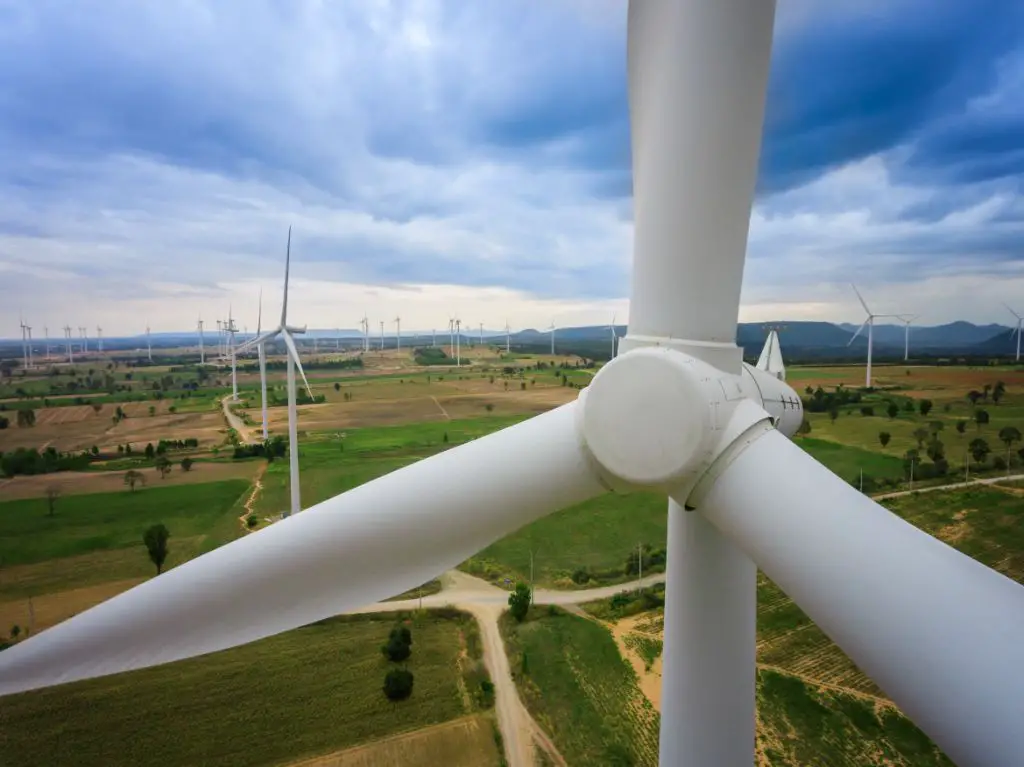
Local wind patterns are winds that occur on a smaller scale, influenced by the geography and landscape of a particular area. Some common local wind patterns include:
Sea Breezes
Sea breezes occur during the day when the land heats up faster than the water. As the air above the land becomes warmer, it rises. This creates a low pressure area that pulls in the relatively cooler air from over the water. Sea breezes typically blow from sea to land during the afternoon.
Mountain Breezes
Mountain breezes happen when the slopes of mountains and hills heat up in the daytime under sunlight. The warm air rises up the mountain slopes, leaving an area of lower pressure at the base of the mountain. This pulls in cooler air from nearby valleys and plains, creating an upslope breeze.
Valley Breezes
Valley breezes occur when mountain air cools rapidly at night while the nearby valley air remains relatively warm. The denser, cooler air flows downhill into the valleys and creates a downslope mountain breeze or “katabatic wind.”
Land Breezes
Land breezes are the opposite of sea breezes – they blow from the land out to sea at night. As the land cools faster than the water in the evening hours, the relatively warmer air over the sea rises. This pulls the cooler, denser air from the land offshore, creating a land breeze.
Wind Speed
Wind speed refers to how fast air is moving. It is typically measured using the Beaufort scale or an anemometer.
The Beaufort scale classifies wind speed on a 13 point scale from 0 (calm) to 12 (hurricane force). It was created in 1805 by Sir Francis Beaufort to help sailors estimate wind speeds. Each number on the Beaufort scale has a description of conditions on land and at sea. For example, a gentle breeze is a wind speed of 3 on the scale with light flags extended and leaves rustling.
An anemometer provides a more precise wind speed measurement. It contains cups or propellers that spin in the wind. By measuring how fast they spin, it can determine wind velocity in units like miles per hour, knots, or meters per second. Anemometers may measure wind speed at a single point or across an area.
Higher wind speeds are typically caused by large pressure differences in the atmosphere. Factors like storms, jet streams, and geographic features can all lead to higher velocity winds.
Wind Direction
Wind direction refers to the compass direction that the wind originates from. For example, a north wind blows from the north to the south. Wind direction is reported as the direction from which the wind blows in relation to true north. The most common terms used to describe wind direction are:
– North – the wind is blowing from the north
– Northeast – the wind is blowing from the northeast
– East – the wind is blowing from true east
– Southeast – the wind is blowing from the southeast
– South – the wind is blowing from due south
– Southwest – the wind is blowing from the southwest
– West – the wind is blowing from the true west
– Northwest – the wind is blowing from the northwest
Wind direction can be determined using a wind vane, also known as a weather vane. Wind vanes are instruments shaped like arrows that are mounted vertically on a rooftop or tower. The arrow-shaped blade of the wind vane rotates freely to align itself with the wind, while the body of the vane remains fixed in position. By observing the direction that the arrow on the wind vane is pointing, you can determine the compass direction that the wind is coming from.
Turbulence
One aspect that makes wind feel “windy” is turbulence. Turbulence refers to unsteady and chaotic airflow patterns caused by disruptions in the wind. As wind blows over landforms, buildings, trees, and other obstructions, it creates swirls and eddies in the airflow. This turbulence can make the wind feel gusty and erratic.
Some specific types of turbulent airflow include:
- Eddies – Circular currents of air caused by obstacles redirecting the wind flow. These swirling gusts make the wind vary in strength and direction.
- Downdrafts – Descending currents of air that can create bursts of downward wind.
- Updrafts – Rising currents of air that can create bursts of upward wind.
- Gustiness – Rapid fluctuations in wind speed over short time periods. Gusts are bursts of wind that feel blustery.
This turbulence and gustiness can make wind feel chaotic and blustery at times. The eddies, downdrafts, and updrafts create an unevenness to the wind that makes it feel “windy” to people.
Why Wind Feels Windy
Wind often feels stronger or more blustery based on factors like speed, turbulence, temperature, and humidity. Faster wind speeds make the air feel more intense as it moves rapidly past you. Turbulence and gustiness also contribute to wind feeling more turbulent and blustery. The more the wind varies in intensity and direction, the windier it will subjectively feel.
Temperature is another element that impacts the perceived strength of wind. If the air is cold, wind will feel more biting and sharp. Warm air blunts the feeling of wind somewhat, making the same wind speed feel less extreme in hotter conditions. Finally, humidity affects how windy wind feels. Drier air allows for more evaporation, which pulls heat away from skin, making wind feel more pronounced. Humid air doesn’t evaporate as readily, so wind feels less evaporative and cold at the same speed.
Impact on People
Wind can have a significant impact on people, both positive and negative. Here are some of the main ways wind affects humans:
Cooling Effect – On hot days, wind helps cool people down through convection and evaporation of sweat. Even a slight breeze can provide welcome relief from high temperatures and humidity. This cooling effect is why wind speeds are factored into heat index measurements.
Drying Capacity – Wind’s movement hastens the drying of wet objects and surfaces. This is helpful for drying laundry and other items outdoors faster. But excessively dry air can also dry out skin, eyes, sinuses, and lips.
Wind Chill – When temperatures are cold, winds make it feel even colder by increasing the rate of heat loss from the body. Wind chill is used to quantify this effect and provide safety warnings about frigid winds. Prolonged exposure to high wind chills increases risk of frostbite and hypothermia.
Safety Issues – Strong, gusty winds can make travel dangerous by blowing around loose objects and causing accidents. Sustained gale-force winds can damage property, down trees and power lines, and require precautions to avoid injury. In extreme winds, it’s safest to take shelter indoors.
Conclusion
In summary, wind is the movement of air caused by the uneven heating of the earth’s surface by the sun. Global wind patterns like trade winds, westerlies, and polar easterlies are driven by the temperature contrast between the poles and the equator. On a local level, wind flows from areas of high to low pressure, and is influenced by features like mountains, valleys, lakes, and the coast. Wind speed and direction can vary significantly in a small area due to these local effects. The turbulence and gustiness of the wind makes it feel blustery and windy. Overall, wind plays an important role in weather, climate, and erosion patterns globally. Understanding what makes wind windy helps explain many natural phenomena on our planet.

